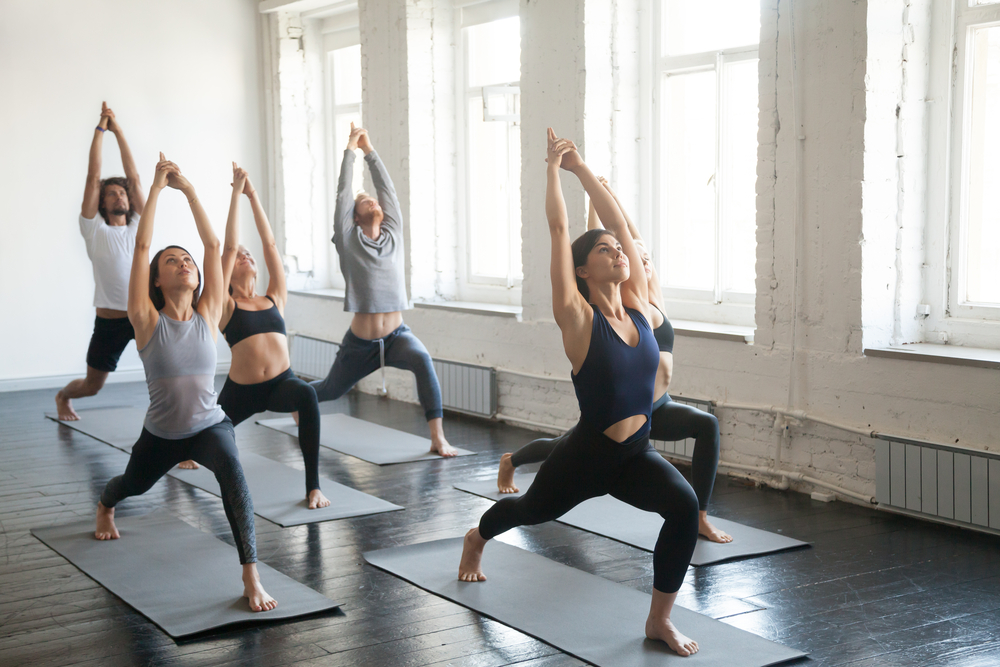
As a Long Island orthopedist, Central Orthopedic Group treats every kind of orthopedic injury you can imagine. Surprisingly, many of these injuries come from beneficial activities, like your job. Additionally, one of the more surprising activities than can lead to injury is yoga.
Of course, at Central Orthopedic Group we understand the many physical (and mental) benefits of yoga. When practiced right, it can have several amazing effects on body and mind. Dedicated yogis will be the first to tell you this.
However, sometimes reckless yoga poses and practices can lead to injuries, like strains. Therefore, we’ve gathered some helpful tips to keeping your yoga safe and free of injury.
1. Practice With a Pro
Most dedicated yoga enthusiasts practice in classes. Naturally, this is the best way to go. If you want to do yoga, make sure you practice with a seasoned, professional instructor.
Doing yoga on your own or with an inexperienced instructor can end badly. A good yoga instructor will have an inherent understanding of your limits. Conversely, those with little experience are likely to disregard this. Or they’ll be unable to pick up on it. They can push you past your capacity in the name of motivation. Usually, this ends in painful injuries.
2. Remember: Function Over Form
If you want to do yoga safely, try not to overly focus on form. How you look isn’t as important as you might think. Rather than concerning yourself with how your form looks, you should be focusing on how the pose benefits you.
Make sure you listen to your body during poses. Rather than forcing yourself into the postures, relax into them. If your body is screaming in protest, it’s for a good reason. If you begin to force yourself into a posture or position your body is resisting, it’ll most likely end in injury – even a torn ACL.
Keep your physical limits in mind during yoga. And if you’re still recovering from a previous session, sit the next one out. You should never practice yoga if you’re sore.
3. Stay Hydrated
With any exercises, this is one of the golden rules – especially with activities like CrossFit. However, with yoga it’s particularly important. If you do yoga on a regular basis, especially during the summer time, hydration is critical. And if you practice hot yoga, it’s doubly important.
First, you can start by drinking a glass of water first thing in the morning. In addition, throughout the day you should be sure to drink at least one glass of water with each meal. Try to limit diuretics like caffeine and alcohol. Of course, you should always keep a bottle of water handy during yoga. (Most people do.) Finally, be sure to drink water before and after yoga.
Keeping your muscles hydrated will prevent any unpleasant orthopedic injuries.
4. Wear Appropriate Clothing
Most dedicated yogis have an entire wardrobe of yoga clothes. Naturally, this is beneficial for a few reasons.
It’s best to practice yoga wearing comfortable, loose-fitting clothing that does not inhibit movement. If your movement is restricted by your clothing, it can lead to overexertion or falls. Remember: throughout yoga you’ll be moving, stretching and twisting. Consequently, you should dress in clothes that allow you to move freely.
Conclusion
Yoga can have an incredible effect on body and soul. However, like any exercise, it should be practiced safely. While yoga is mostly a meditative activity, injuries have been known to happen.
